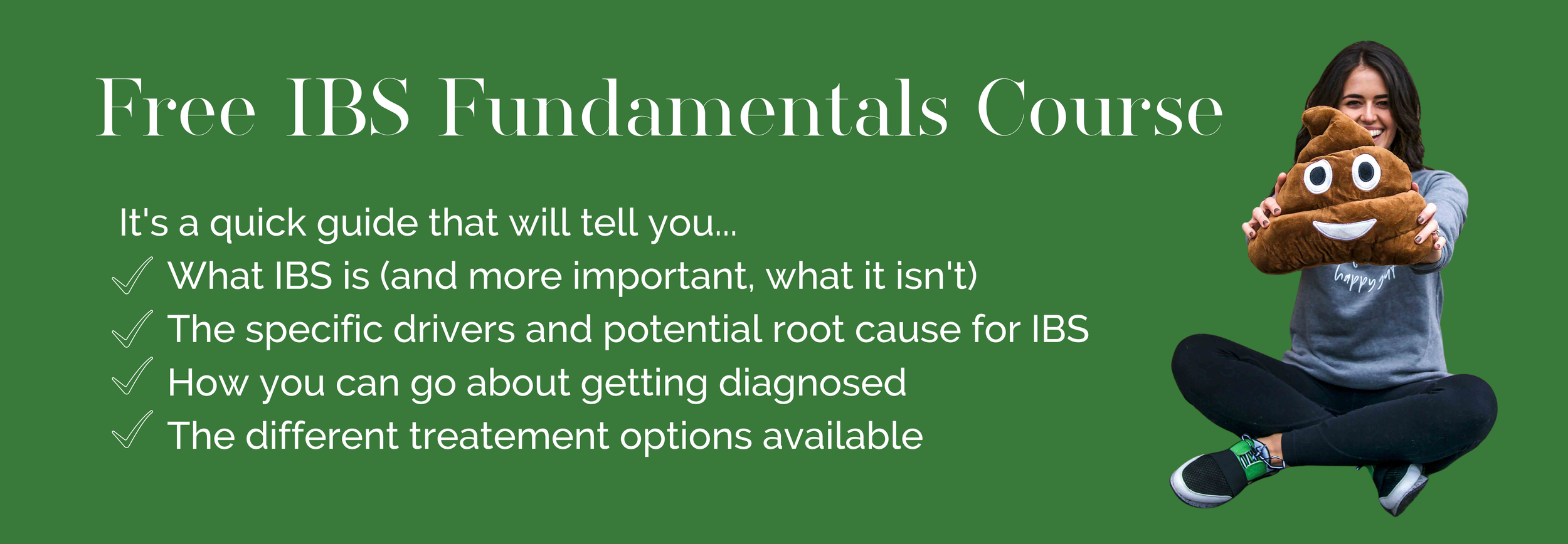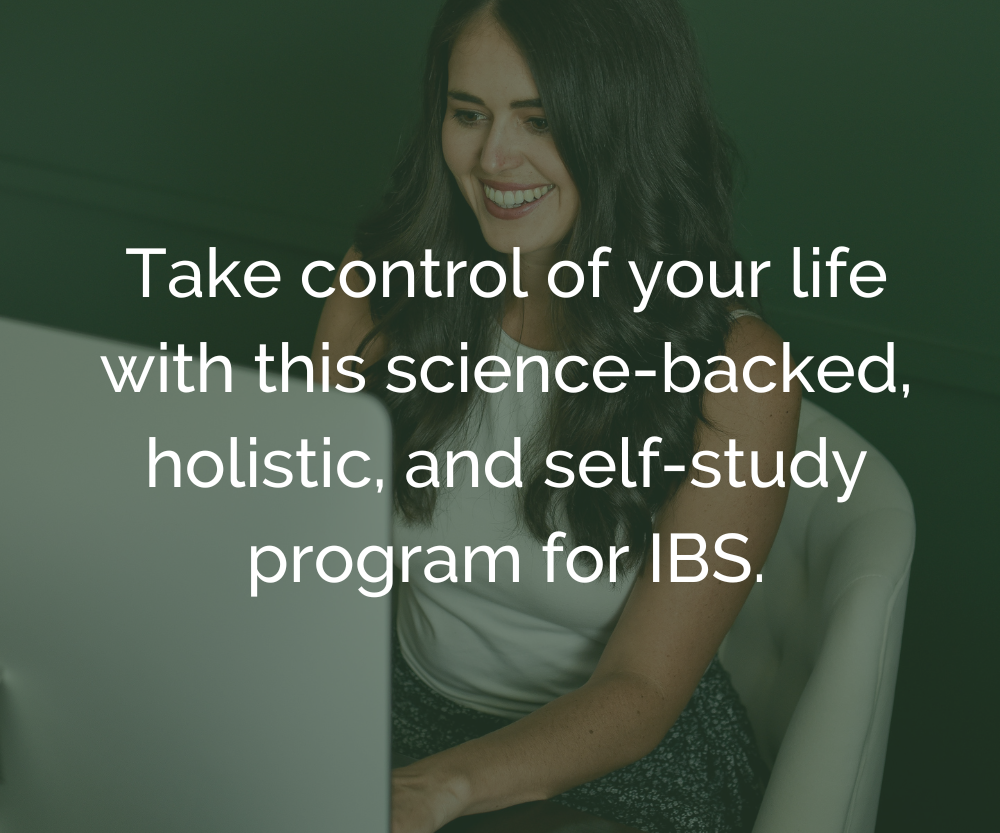3 Steps To Take Before Starting the Low FODMAP Diet
Chances are you stumbled upon this blog because a someone recommended you try the low FODMAP…
Maybe you already found a few resources through your search, maybe you’ve already started eliminating some of the foods you’ve found, maybe you feel lost and confused, or maybe this is the first resource you’re reading about this diet protocol…
Whatever the reason and wherever you are, I am glad you are here and I have a secret for you: the low FODMAP diet alone is not the key to managing IBS.
Yes, this protocol has shown to be successful (research shows 75% of those with IBS will benefit from it), but this success is found in doing this diet with a dietitian. When a doctor or a friend recommends the diet based on the research or their own experience, there may be holes in the information they provide that can leave you feeling confused, defeated, and frustrated.
As someone who has personally dealt with IBS for the majority of my life and after working with hundreds of people with IBS the last few years, there are 3 big steps that should be taken BEFORE starting the low FODMAP diet so that you can:
get the most out of the diet
feel confident in the information you learn from it
continue moving forward towards freedom in your diet and life
Before we jump into the tips, if you believe you may have IBS or you’re still trying to figure out what is going on with your body, you can take the free IBS Fundamentals Mini Course here!
Step 1: Keep a journal
A huge mistake I see people make when they start the low FODMAP diet is that they aren’t sure where they are starting and have no idea how to monitor changes they experience throughout the diet.
When keeping a journal, you want to start before you make a single change to know your baseline. The details that are helpful to keep up with include food (including times, portions, and ingredients), drinks, all symptoms, stress levels, exercise, sleep, menstrual status (if applicable), and any medications and supplements.
As you keep up with these details for a couple of weeks before you make changes, you may notice patterns and notice triggers that you haven’t before, which may include what we call “first line changes.” This can include eating large portions, skipping meals, high fat meals, coffee, etc.
As you do start making changes, your journal will help you stay aware and connected with how your body is changing. This gives you clear data you can use to know if that change you make actually works, or if the change makes symptoms worse. This is necessary for phase 2 of the low FODMAP diet, where you will challenge each FODMAP group to identify your specific triggers.
If you need a resource for this, My Gut Journal is a 90 day journal that will prompt you to keep up with these details and help you evaluate them with reflection pages every 10 days.
What’s your poop personality? Find out here!
Step 2: Build the lifestyle foundation
FODMAPs, which are fermentable carbohydrates, include one characteristic of food that can trigger symptoms. There are other characteristics of food that can trigger, and food isn’t the only trigger.
What’s interesting is that food doesn’t cause IBS. The causes of IBS can include chronic stress or trauma, bacterial infections and foodborne illness, chronic antibiotic use, among others.
This means that both diet AND lifestyle behaviors need to be addressed for long term IBS relief.
What I have found in my practice is that focusing on lifestyle behaviors first, including sleep, movement, and stress management, among others, actually improves tolerability of FODMAPs and other foods that commonly trigger symptoms.
Step 3: Learn about characteristics of food and how they impact the body
You’ve started your journal and you’re building your lifestyle foundation, so now it’s time to focus on the diet. Before you get started, it’s vital that you take time to learn the WHY behind the change you plan to make.
For example, if you are told that you should reduce coffee for IBS, take time to either ask or research why and how coffee can impact your gut. When you understand the why behind the change, you are able to know if that change is actually right for you (from what you learned in your journal) and you will know what changes you are actually looking for to monitor if that change was successful for you or not.
This is also true for FODMAPs. Take time to understand how FODMAPs trigger symptoms and what changes you are looking for during elimination to know if it’s actually working. Understand what symptoms you’re looking for when you challenge FODMAP groups so you can confidently identify triggers. This blog can break that info down a bit more, and this is something we teach in the MASTER Method program (linked below) for every lifestyle or dietary change we cover.
When you understand the why behind changes you’re making and compare that to what you have learned about your body, you’ll have more clarity, less confusion, and more confidence in the steps you’re taking.
What do you do next?
Whether you are considering low FODMAP, preparing to start it, or currently in it, I hope these 3 tips help you have more success in the process. If this was helpful for you, share it with a friend that could also benefit from it!
If you’re looking for guidance through these 3 steps, along with guidance and community, the MASTER Method group program may be for you. Learn more here!
Are you frustrated with your IBS symptoms? Do you desire to be confident in your food choices? Do you want to have a healthier relationship with your body and diet? Are you ready to take control of your IBS?



